Siem Reap is best known as the gateway to Angkor Wat, but the city offers much more than temple visits. The best things to do in Siem Reap include exploring ancient ruins, enjoying local food, discovering cultural performances, and experiencing the vibrant nightlife. Whether someone has one day or several, the city provides a mix of history, tradition, and modern energy.
Beyond the temples, travelers can take boat trips to floating villages on Tonle Sap Lake, watch traditional Apsara dance shows, or wander through lively night markets. Food lovers can join cooking classes or sample Khmer dishes at street stalls, while those seeking adventure can try quad biking or ziplining through the jungle.
With its balance of ancient sites, cultural activities, and modern attractions, Siem Reap makes it easy to plan a trip that feels both exciting and meaningful.
Key Takeaways
- Siem Reap offers a mix of historic landmarks and modern attractions
- Cultural activities and local cuisine add depth to any visit
- Nightlife and community experiences create a well-rounded trip
Essential Things to Do in Siem Reap
Siem Reap offers a mix of ancient history, cultural landmarks, and natural escapes. Visitors can explore world-famous temples, hike through sacred mountains, visit floating villages, and learn about Khmer heritage through museums and preserved artifacts.
Explore Angkor Wat and the Temples of Angkor

The Angkor Archaeological Park is the main reason many travelers visit Siem Reap. At its heart lies Angkor Wat, the largest religious monument in the world, known for its intricate carvings and sunrise views.
Beyond Angkor Wat, the park includes Angkor Thom, the former royal city with the Bayon Temple, famous for its stone faces. Temples like Preah Khan and Ta Prohm show the scale of the Khmer Empire and how nature has reclaimed parts of the ruins.

Visitors often spend at least two days exploring the park. A one-day pass allows a quick overview, but a three-day pass gives time to see both major and lesser-known temples. Hiring a licensed guide or tuk-tuk driver helps with navigation and provides context to the sites.
Tip: Early morning and late afternoon visits are less crowded and offer cooler weather.
Visit Phnom Kulen National Park and Kulen Mountain
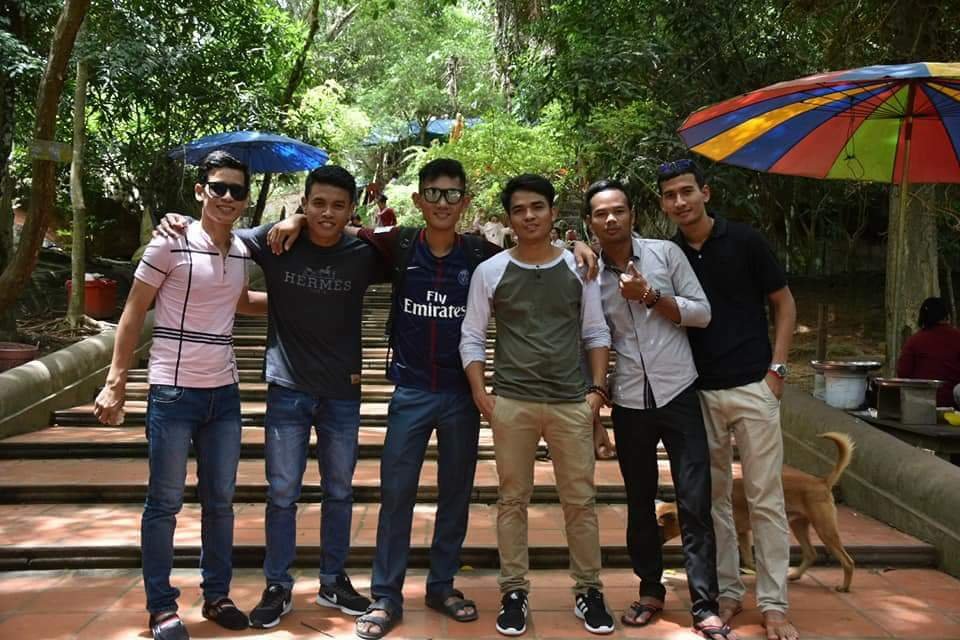
Located about 50 kilometers from Siem Reap, Phnom Kulen National Park is an important pilgrimage site for Cambodians. It is known as the birthplace of the Khmer Empire, where King Jayavarman II declared independence in the 9th century.
The park features the River of a Thousand Lingas, where carvings of Hindu symbols are etched into the riverbed. Nearby, Preah Ang Thom Pagoda houses a large reclining Buddha statue, a key spiritual site for visitors.
Kulen Mountain also offers natural attractions. The waterfalls are popular for swimming and picnics, especially on weekends. Trails through the forest provide access to viewpoints and smaller temples hidden in the jungle.
Entrance requires a separate ticket from the Angkor Archaeological Park. Visiting with a driver or tour group is recommended, as roads can be rough and signage limited.
Experience the Floating Villages on Tonle Sap Lake
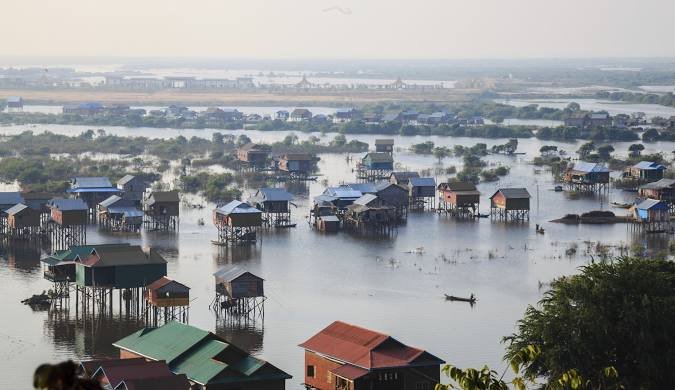
Tonle Sap Lake, Southeast Asia’s largest freshwater lake, lies just outside Siem Reap. Its floating villages show how communities adapt to seasonal water levels that rise and fall dramatically each year.
The most visited village is Kampong Phluk, about 15 miles from the city. Houses stand on tall stilts, and during the wet season, boats glide through what becomes a flooded forest. In the dry season, the stilts are fully exposed, showing the scale of the water’s change.
Boat tours give insight into daily life, including fishing, farming, and floating schools. Some tours also include birdwatching in nearby reserves.
Visitors should book with reputable operators to ensure that tours benefit local communities and avoid exploitative practices.
Discover Angkor National Museum
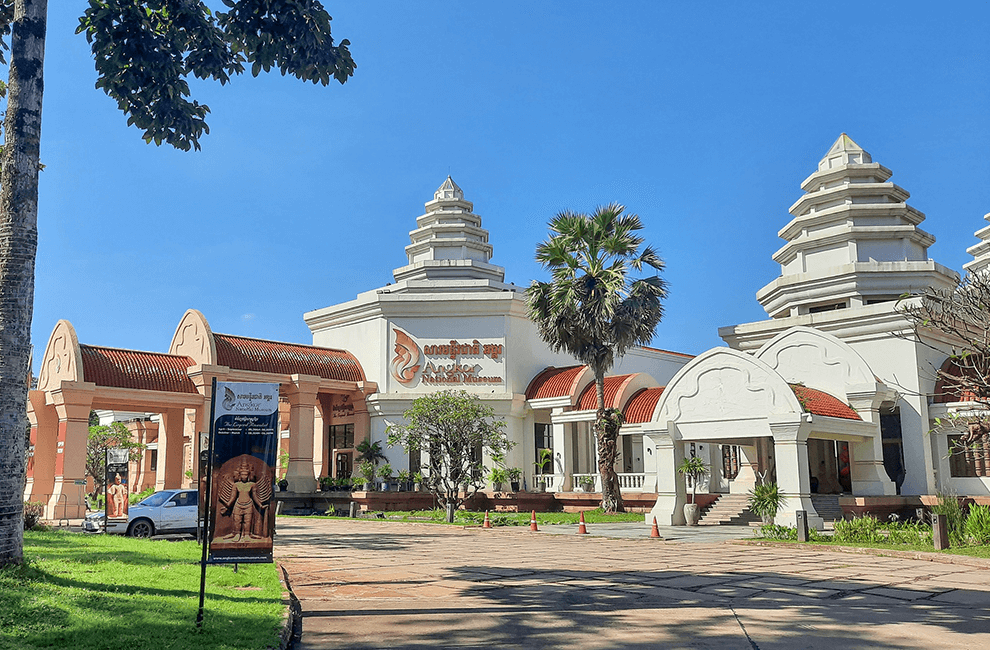
The Angkor National Museum in Siem Reap provides essential background for those visiting the temples. Its galleries display statues, inscriptions, and artifacts from the Khmer Empire, arranged to explain the history and symbolism of Angkor.
Highlights include the Gallery of 1,000 Buddhas, which houses a large collection of images in different styles and materials. Interactive displays and well-curated exhibits help explain the religious and cultural significance of the temples.
The museum is located on Charles de Gaulle Boulevard, near the road to Angkor Wat. Audio guides are available, and most visitors spend 1–2 hours inside.
For travelers who want context before walking through the ruins, this museum is one of the best things to do in Siem Reap. It connects the art, architecture, and beliefs of the Khmer Empire to the sites still standing today.
Siem Reap Culture, Food, and Nightlife
Siem Reap blends traditional Khmer culture with modern entertainment and dining. Visitors can enjoy vibrant nightlife, taste authentic Cambodian dishes, watch classical performances, and shop in lively local markets.
Enjoy Pub Street and Nightlife
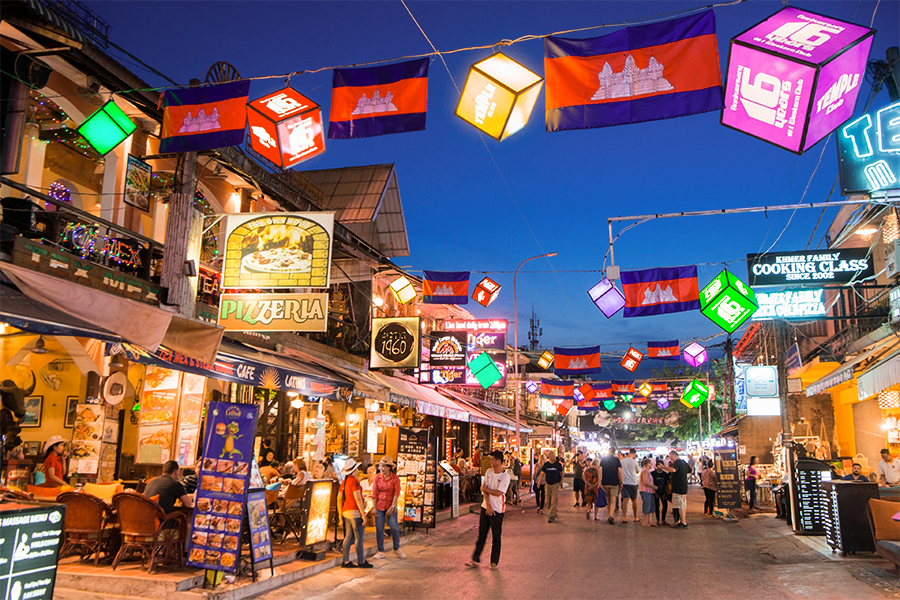
Pub Street is the center of Siem Reap’s nightlife. The area is filled with bars, clubs, and food stalls that stay open late. Drinks are inexpensive, with many places offering draft beer for less than a dollar.
Popular spots include Angkor What? Bar, one of the longest-running bars in town, and lively clubs that play international and local music. Many travelers also enjoy rooftop lounges for a quieter atmosphere.
For those interested in cultural entertainment, the Cambodian circus (Phare, The Cambodian Circus) combines theater, dance, and acrobatics. It offers a family-friendly alternative to the bar scene and highlights Cambodian stories.
Taste Traditional Khmer Cuisine and Street Food
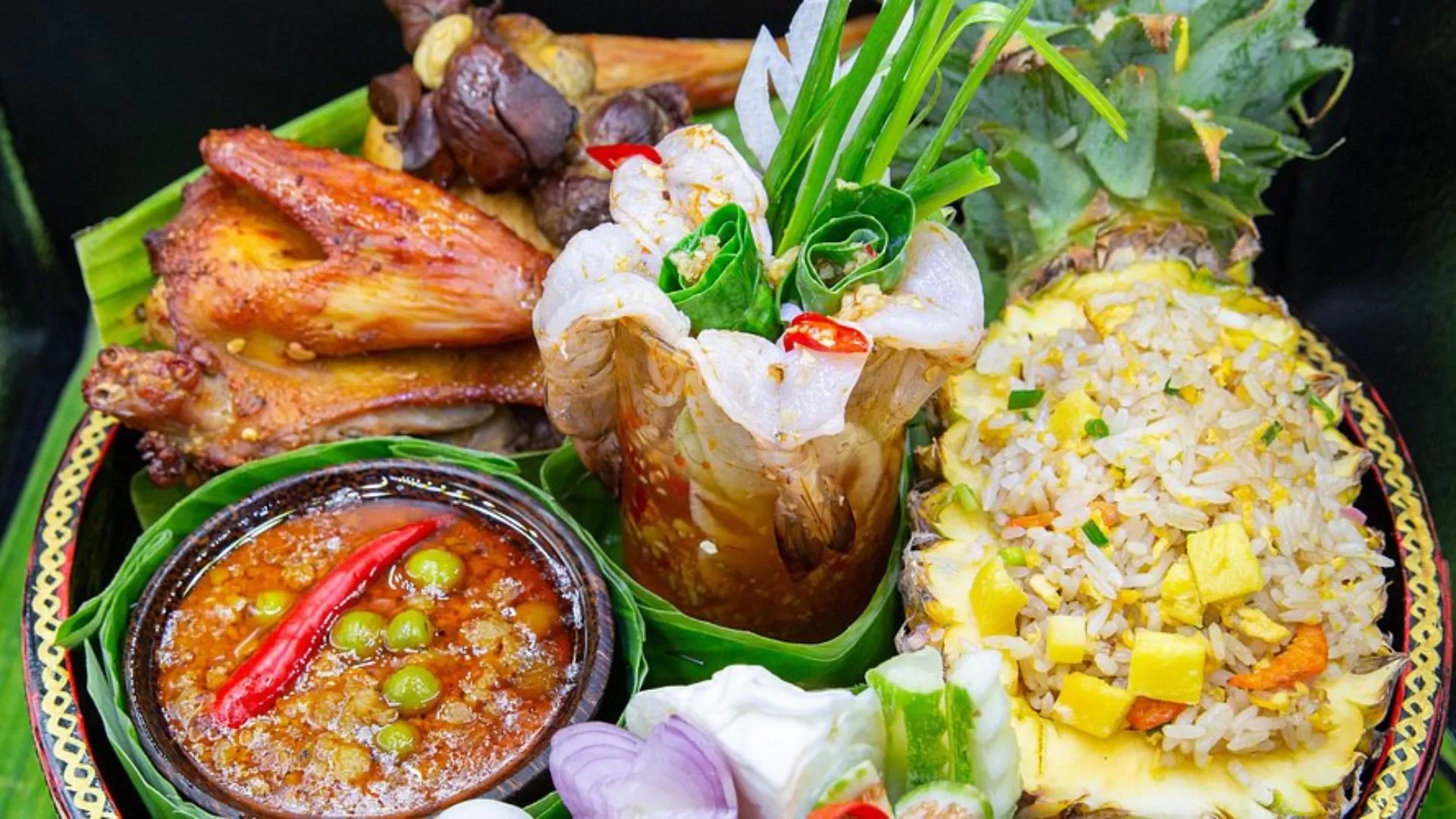
Khmer cuisine is central to the Siem Reap experience. Classic dishes include fish amok, a coconut curry steamed in banana leaves, and beef lok lak, stir-fried beef served with rice and a tangy dipping sauce. Cambodian curry with chicken or vegetables is also common.
Street food stalls line the roads near Pub Street and the Old Market. Visitors can try skewered meats, noodles, and fresh tropical fruits. Prices are low, making it easy to sample many dishes in one evening.
Those who want a deeper understanding can join a Khmer cooking class. These classes often include a market visit to buy ingredients, followed by hands-on instruction in preparing traditional Khmer food.
Experience an Apsara Dance Performance

The Apsara dance performance is one of Cambodia’s most iconic cultural shows. Rooted in ancient Khmer traditions, it features dancers in detailed costumes performing slow, graceful movements that tell stories from mythology.
Many hotels and restaurants host dinner shows where guests enjoy traditional Khmer food while watching the performance. The Apsara Theatre is one of the most well-known venues, offering a professional stage and authentic atmosphere.
The performance usually lasts around an hour and provides insight into Khmer culture and history. It is a calm and educational evening option, especially for those interested in classical Cambodian art forms.
Explore Local Markets and Shopping
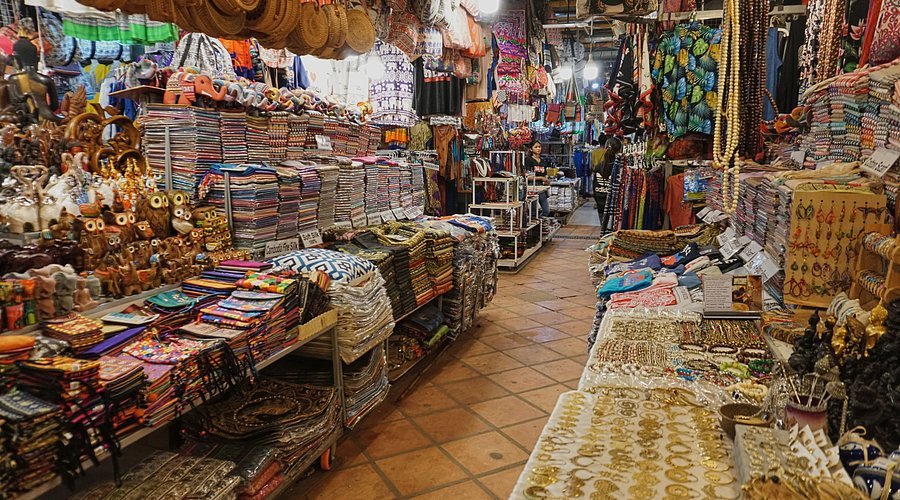
Siem Reap’s markets are excellent for shopping and cultural exploration. The Old Market (Psar Chas) is one of the busiest, selling fresh produce, spices, clothing, and souvenirs. Prices are negotiable, so bargaining is expected.
The Made in Cambodia Market focuses on locally made crafts, jewelry, and textiles. It is a good place to support local artisans and find gifts that are not mass-produced.
Markets are also ideal for tasting street food such as grilled skewers, fried noodles, and fresh sugarcane juice. Visiting both day and night markets gives travelers a broader view of everyday life in Siem Reap.
Conclusion
Siem Reap offers a mix of cultural, historical, and natural attractions that fit different interests and travel styles. Visitors can explore ancient temples, enjoy local food, or take part in traditional performances.
For those who want a quick overview, the table below highlights some key activities:
| Activity | Location | Notable Feature |
|---|---|---|
| Angkor Wat | Angkor Archaeological Park | Sunrise views |
| Pub Street | City center | Nightlife and dining |
| Floating Villages | Tonlé Sap Lake | Stilted houses and boat rides |
| APOPO Visitor Center | Siem Reap | Landmine detection rats |
| Kulen Mountain | 1.5–2 hrs from town | Waterfalls and sacred sites |
Travelers can also enjoy smaller experiences such as visiting local markets, tasting palm cakes in Preah Dak Village, or walking through the Angkor Botanical Garden. These activities provide a quieter look at daily life.
Evenings in the city often include Apsara dance shows paired with dinner. This gives visitors a chance to see traditional Khmer culture in a relaxed setting.
With its range of temples, villages, markets, and natural escapes, Siem Reap provides many options to plan a balanced trip.
